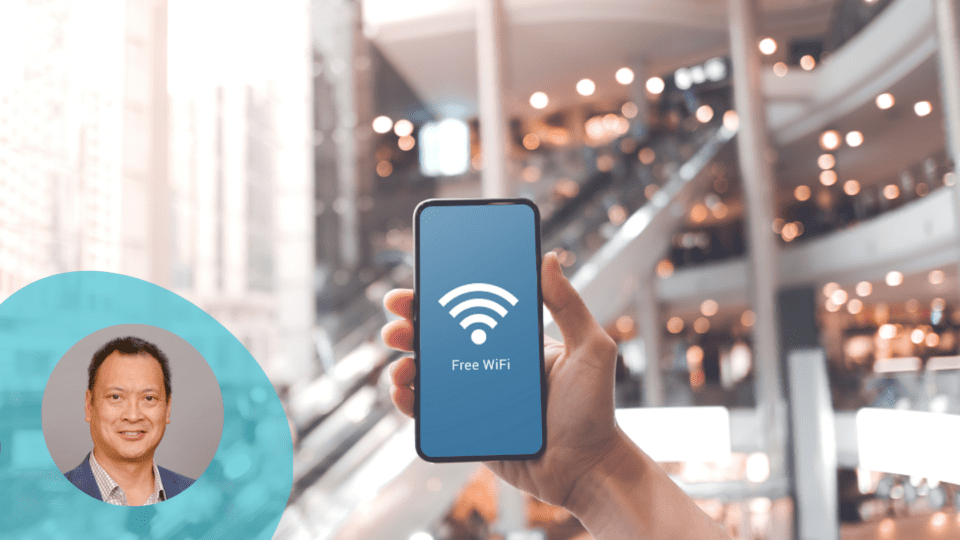After multiple years of pandemic-induced ecommerce shopping, consumers are flocking back to in-store retail. According to Mintel’s report on the State of Retail and E-Commerce in 2022, twice as many store openings versus closings are expected this year, and online retailers are again expanding operations into physical storefronts.
With brick-and-mortar retail on the rise, retailers will need to find ways to upgrade their in-store experience, efficiency and performance. The key will be tapping an oft-overlooked source of data — the network.
Network Data Can Drive More Personalized In-Store Experiences
According to Oracle, a majority of customers not only want free WiFi in stores, they demand it, so it’s increasingly imperative that brands offer in-store connectivity. Not only does this satisfy customers — it’s good for the retailer, too. In-store WiFi networks can provide retailers with a trove of rich network data that can be used to deliver a more personalized experience that differentiates the brand and builds loyalty.
Having visibility into in-store network activity allows retailers to see things like:
- How long a shopper is in the store
- Patterns of movement – clockwise, counter-clockwise, stops for what’s new or straight back to clearance section
- Has this customer done business before with the brand, or has a new device joined the network?
- What applications are used inside the store — for example, are they price-checking using any competitor apps?
- Does the customer elect digital checkout vs. physical?
Brand and Store Loyalty Through Personalization
A recent study found that, “A quarter of adults say they choose to shop based on where they feel treated like a good friend, with this figure rising to 35% among Gen Z.” Shoppers want to feel like their voice matters and that retailers care about shaping the store to their shopping preferences. For retailers, this is an opportunity to grow customer loyalty by focusing on personalization.
Network data can help retailers better personalize experiences to unlock customer loyalty and customize shopping experiences. The data may tell you that customers tend to wander around the entire store to view all their options before narrowing down their interests to a particular product or section. Knowing details like this can help retailers build experiences around their customers and encourage them to return.
Think of the last time you wanted to use a coupon and scrambled to locate it in preparing to check out for a purchase. How much more convenient would it be for the retailer, with you connected to their WiFi network and knowing that you had an eligible offer, to send you a pop-up notice and a way to easily utilize the coupon? Or first-time customers could be notified of a loyalty program, an easy way to sign up via mobile, and receive a first-time customer promotion. Networks and network data can help retailers make customers feel recognized and welcome, driving more enjoyable, personalized experiences.
Data Can Help Improve Customer Service, Operations and Performance
Network data can be mined and analyzed to help marketing and sales teams set up and organize stores in a way that will satisfy customer preferences. Retailers can also use this data to streamline operations behind the scenes, freeing store employees to focus on customer interactions.
Stores have many tasks (e.g., inventory, stocking, etc.) that must happen to keep things running smoothly — but this can often take away retail workers’ time spent with customers. As stated in Mintel’s research report, “The more technology can be used to streamline some of the backroom operations…the more time associates can spend on the front lines building a relationship with core customers.”
Optimizing merchandising based on traffic and dwell patterns, dynamically adjusting pricing based on the competition, and even streamlining the checkout process — these are all areas that feed into the performance of a store and can materially impact sales and performance in the long run. Utilizing network data is key to unlocking these efficiencies.
Network Data Will be Integral to the Future of Brick-and-Mortar
Despite ominous claims that “brick-and-mortar retail is dead,” current trends and research are proving that’s not the case. Shoppers are keen to return to stores, but to keep them coming back, it will be incumbent on retailers to deliver personalized, modern, positive in-store experiences. Stores that leverage network data will be best positioned for this new era of retail.
Andrew Leong is the Head of Product Marketing at Extreme Networks. A networking domain veteran, he has over 20 years of experience driving market and mindshare for large companies and startups. Prior to Extreme, Leong held a variety of marketing leadership roles focused on both enterprise and service provider markets with companies including Juniper, Cisco, Citrix and AT&T.




